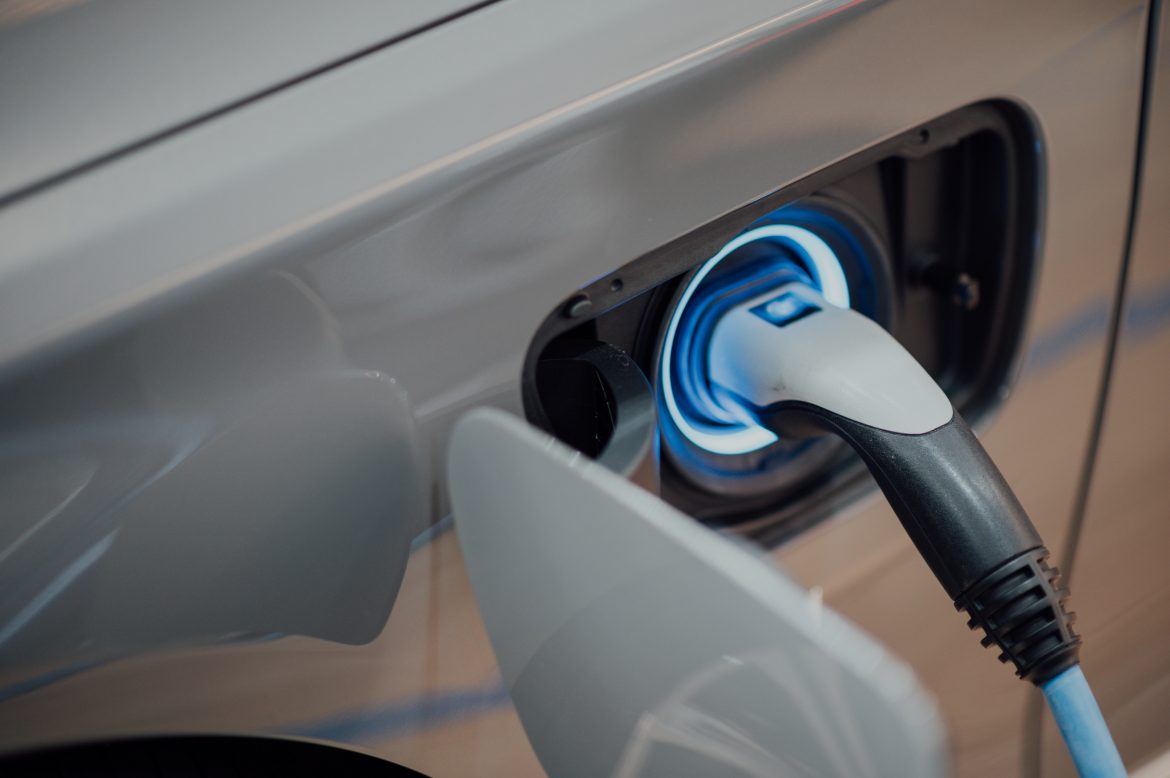The rapid adoption of electric vehicles (EVs) in the United States has led to a significant surge in electricity consumption, with the first two months of 2024 witnessing a remarkable 50% jump compared to the same period last year. This surge highlights the growing impact of EVs on the country’s electricity grid and flows.
According to data from the U.S. Energy Information Administration (EIA), total electricity consumption by EVs through February 2024 reached 1.58 million megawatt hours (MWh), a substantial increase from the 1.04 million MWh recorded during the same period in 2023. This 52% rise in EV electricity usage exceeded the 40% growth rate observed in 2023 compared to January-February 2022, indicating the escalating influence of the rapidly expanding EV sales on the nation’s electricity markets.
The surging demand for electricity from EVs comes as no surprise, given that EVs accounted for an impressive 16% of all light-duty vehicle sales in the US in 2023. Moreover, the collective electricity consumption by EVs surpassed the electricity demand of the country’s railways for the first time last year, according to the EIA’s latest Electric Power Monthly report.
The annual trends paint a clear picture of the growing impact of EVs on the nation’s electricity grid. In 2023, total electricity consumption by EVs reached 7.6 million MWh, a 45% increase from the previous year. While this growth rate lagged behind the record 49.2% surge witnessed in 2022, it was still the second-largest annual growth rate on record, bringing the five-year average annual growth rate for EV electricity demand to an impressive 37.2%.
California, the most populous state in the US, unsurprisingly topped the list for EV electricity consumption, with EVs consuming 2.58 million MWh of electricity, accounting for just under 34% of the total national EV electricity demand. However, this share decreased slightly from 35.2% in 2022, indicating that EV electricity demand grew faster in other states last year.
Following California, the top states for EV electricity demand in 2023 were Florida (458,767 MWh), Texas (417,027 MWh), New York (337,367 MWh), and Washington (308,724 MWh). Furthermore, 13 other states consumed 100,000 MWh or more of electricity for EV charging in 2023, spanning a wide geographic range and highlighting the rapid uptake of EVs across the country.
Interestingly, the state with the largest year-on-year growth in electricity demand for EV charging was Oklahoma, which posted a 74% expansion in EV electricity use last year, reaching 73,058 MWh. This surge can be attributed to the rapid installation of public chargers and local government incentives for home-based charging equipment, which accelerated EV adoption in the state.
While the growth of EVs and the associated electricity demand is evident across the country, some states lagged behind due to various factors. North Dakota, Wyoming, and South Dakota had the lowest electricity demand for EVs last year, primarily due to low per capita EV ownership rates, limited public charging infrastructure, and concerns about the impact of harsh winter weather on battery life.
However, with more charging stations planned throughout the US in 2024 and beyond, the increasing availability of EVs with extended battery ranges, and pressure on EV prices due to high dealer inventories, the nation’s car fleet is poised for further electrification. This trend will inevitably fuel even greater demand for electricity at homes and public charging ports, potentially straining utilities to ensure round-the-clock electricity availability.



